 |
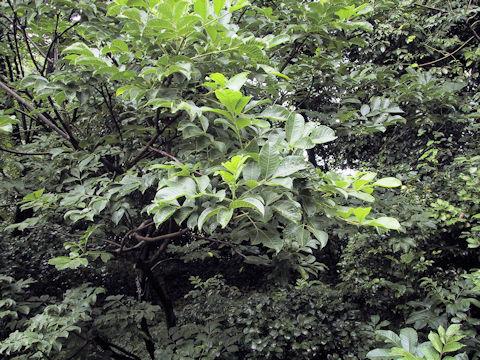

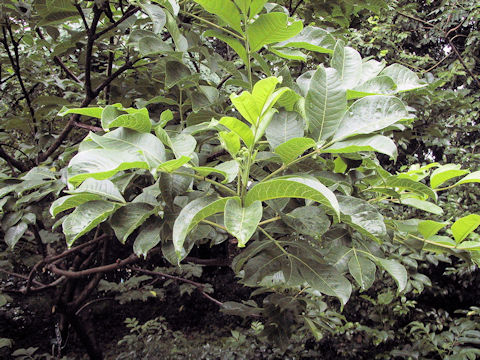

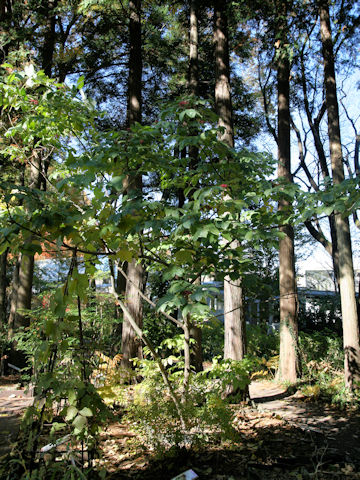

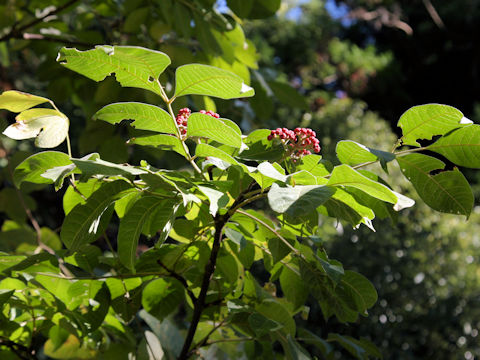

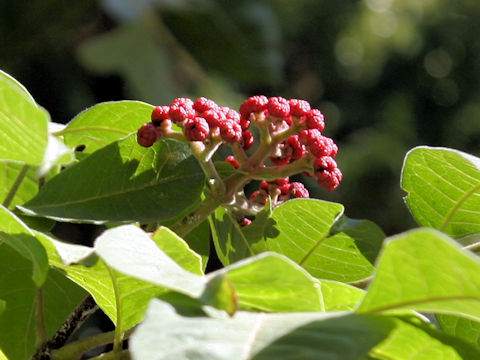

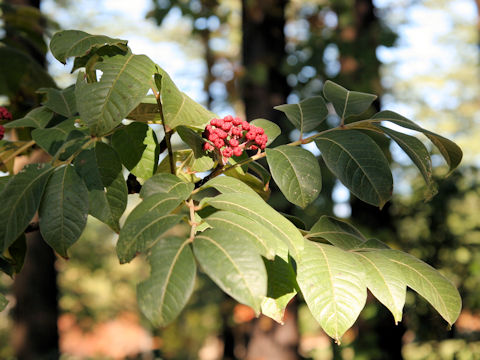

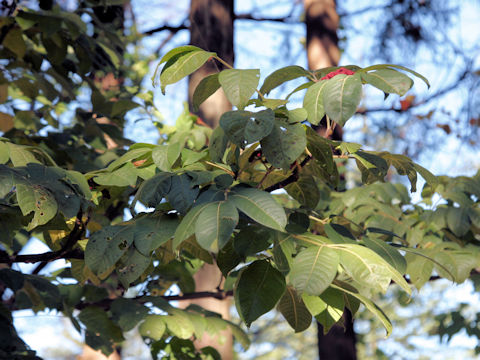

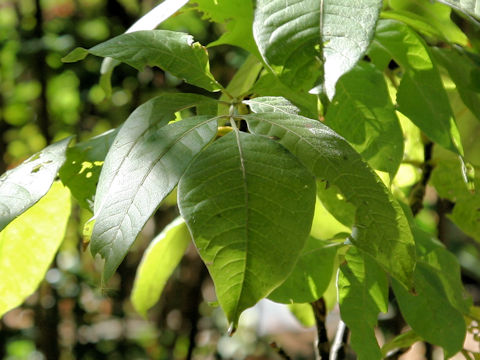

|

|
Ì·]ÈìÌ·gnɪzµÄ¢Ü·BíªÅàÞǧâ¿EF{§ÅÍ|³êĢܷBtÍïHó¡tÅAU©çW²ëA}æÌ~ÔÉÎF̬³ÈÔð穹ܷBX©çPOÉÔn·ûÊÍAFÝòƵÄp³êÜ·Ba¼ÍA±Ì¶ò̼O©çB¼ÅÍuàä£äÎiwu zhu yujvÅ·B
|

|
~JÈSV
®Ì¼t¬ØÅAw¼Í Euodia ruticarpa (syn. Tetradium ruticarpum)Bp¼Í Evodia fruitB
|

|
The Evodia fruit (Euodia ruticarpa) belongs to Rutaceae (the Citrus family). It is a semi-tall semi-evergreen tree that is distributed in warm regions south of the Yangtze River in China. It is also cultivated in Japan in Nara, Tokushima and Kumamoto prefectures. The small greenish-white flowers bloom in panicles at the ends of branches from June to August, and the capsules, which ripen to red from September to October, are used as an aromatic stomachic. The Japanese name is derived from the name of this crude drug. In Chinese, it is called "àä£äÎ" (wu zhu yu).
|

|
[ãEP] ss¶æus{§A¨vÉÄA2003N0706úBeB
[Q`UEº] ïé§
Ësu
ËsA¨övÉÄA2024N1130úBeB
|









